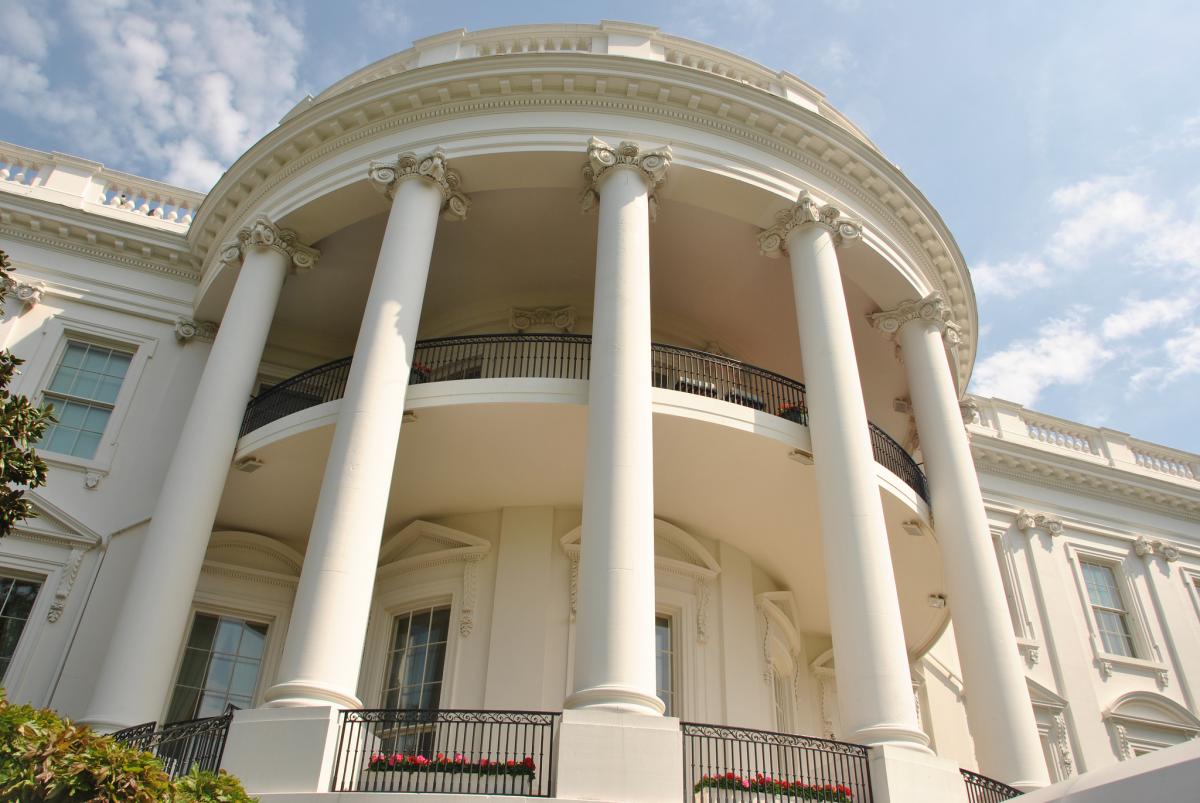3 Tactics Procurement Officers Can Use to Get Through the Craziness of Federal Year-End

With continued unpredictability about the annual federal appropriations process, the 2016 federal fiscal year-end busy season is likely to be as crazy as usual for federal procurement teams.
According to testimony given before the Senate Committee on Homeland Security and Governmental Affairs in September 2015, Jason Fichtner a senior research fellow at George Mason University, found that spending spikes considerably in the last month of the fiscal year:
“My research shows that a remarkably large percentage of executive branch contract spending occurred near the end of the fiscal year. If an agency were to spread its contract spending evenly over a 12-month period, roughly 8.3 percent of spending would occur in each month. However, in the last month of fiscal year 2013, September, the Department of State spent 38.8 percent of its contracting expenditures and the Department of Health and Human Services spent 28.7 percent.”
That’s not to say year-end buying habits aren’t changing. Self-service tools, such as the GSA Advantage! Portal, are taking some of the pressure off procurement. According to government contract consulting firm, Federal Schedules, Inc., fourth quarter sales through the GSA Advantage! website make up nearly 50% of total sales for the year through the portal.
But for procurement officers, the use-it-or-lose it season is still a critically busy time.
So how can you ride the wave of spending and come out the other end in one piece, comfortable in the knowledge that you’ve made productive buying decisions with tax payer funds? Here are three tactics that can help:
1. Take advantage of e-procurement systems to automate the buying cycle
Electronic systems, like the GSA’s Ebuy tool, can help government buyers prepare RFP/RFQ documents online for millions of products and services offered on GSA Schedule. Government buyers can use eBuy to obtain quotes or proposals for services, large quantity purchases, big ticket items, and purchases with complex requirements.
SEWP also offers a Quote Request Tool (QRT) which offers transparency into quotes. They can also sort quotes by price.
2. Leverage the vendor community
The contracting community is fully aware of what the busy season means to procurement officers. Many businesses go out of their way to make the contracting officer’s job as easy as it can be this time of year. When working with a vendor, look for extended hours, faster mean of communication like chat, plenty of contract vehicles, and the in-house contracting experience you need to help the procurement process go as smoothly as possible.
By rationalizing your supplier base you’ll achieve optimum standards.
3. Communicate with industry effectively
Procurement officers must exercise strong oversight and be even handed in their dealings with the private sector, but at the same time don’t let this discourage communication. Contractors are there to help you meet the needs of your agency’s mission. In order to better serve that mission, they need to understand your procurement needs and the outcomes you’re seeking. The risk of not communicating can lead to poor buying decisions and, potentially, longer-term risk. With a persistent spotlight on how the government spends its budget (particularly at this time of year), candid conversations can help shape a more successful procurement outcome.
August and September will always be busy – that’s the nature of the beast. Fiscal year end doesn’t have to be difficult, though. By leveraging procurement tools and communicating with vendors and contract specialists, this busy season could be your easiest one yet.

















































